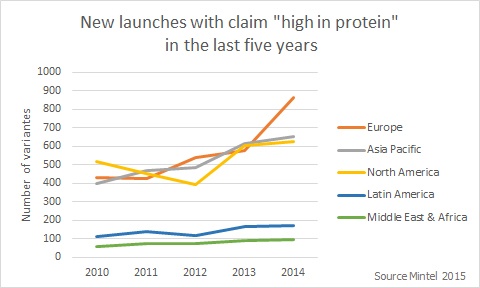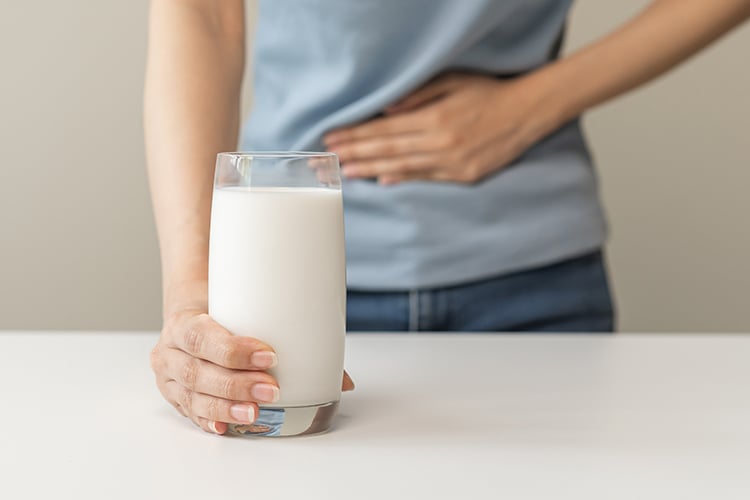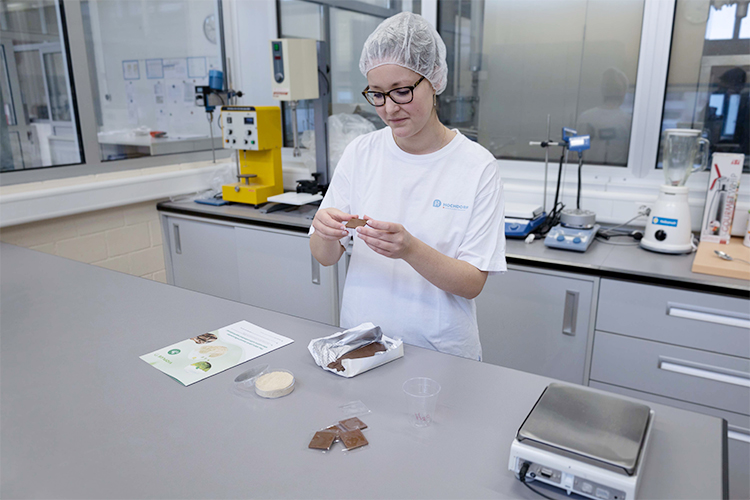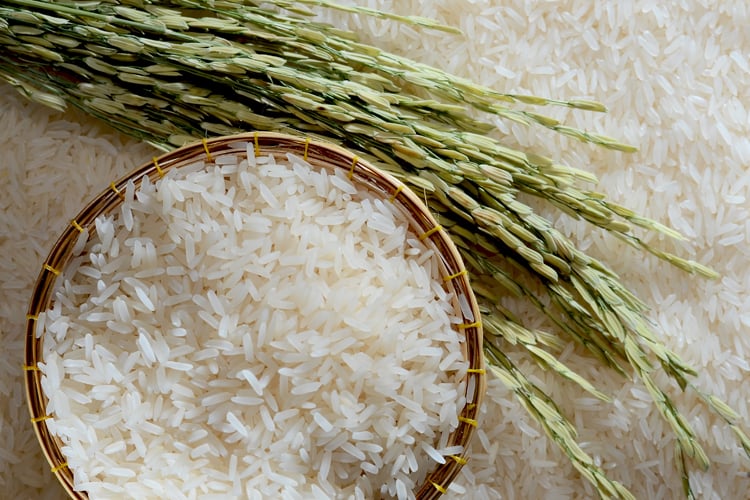
We make a distinction between globular and fibrillar proteins. The former are mostly spherical and fulfil a wide variety of functions whereas the fibrillar proteins give structure to cells and the body. Hair and nails, as well as connective tissue and muscles, are all formed from fibrillar proteins. The globular proteins are found in the blood and are components of our enzymes and hormones. As well as controlling biochemical reactions and the most varied metabolic processes, they convey important substances to our organs. Proteins are formed from amino acids. The human body requires twenty different amino acids, of which eight are “essential” to us in that we need to consume them through foods.
High-value sources of protein
Not every food supplies proteins with a high biological value. The biological value is a measure of the efficiency with which our organism can convert a protein into its own system. Whole egg provides a reference value of 100 per cent. High-value proteins include low fat milk and lean meat. Alternatives to animal protein include potatoes, pulses and wheat germ. These are among the most valuable sources of vegetable protein.
A study conducted by Mintel in 2015 showed the increasing importance of protein-rich foods. Around 10,000 new products claiming to be “high protein” entered the global market between 2010 and 2015: good news for our bodies.










Leave a comment